Pantheon
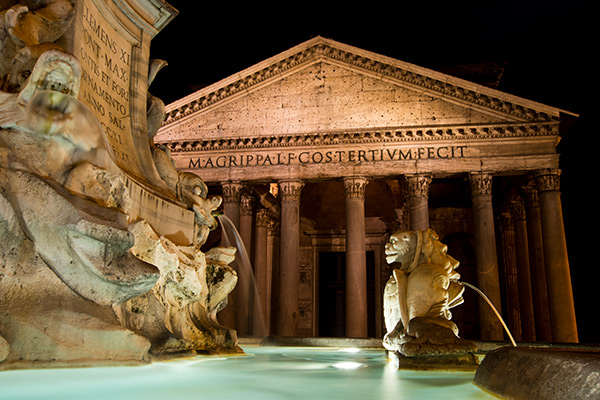
The Pantheon, the temple of all the gods, was built in the first century BC by the Roman general Marco Agrippa, whose name is reported in the inscription "Marcus Agrippa, Lucii filius, consul tertium fecit" (Marco Agrippa, son of Lucio, for the third time consul, built) still visible on the pediment of the building. Little or nothing remains of the temple of Agrippa, as it was almost destroyed by fire and rebuilt in completely different forms in the 2nd century AD.
The reconstruction of the Pantheon was promoted by Emperor Hadrian, the temple was finished between 125 and 128 AD, probably based on a project by the Syrian-Roman architect Apollodorus of Damascus.In 609, after the fall of the Roman Empire, the temple of all the gods was converted into a Christian church with the name of Santa Maria dei Martiri. This presumably saved the building from being destroyed or used as a quarry for building material during the Middle Ages, as was the case with many other ancient buildings in Rome.
Find out more about Rome:
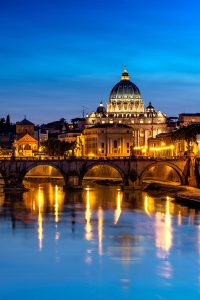
St. Peter's Basilica in the Vatican
Inside the Vatican City, stands the St. Peter's Basilica, the largest church in the world, with a total area of 23 thousand
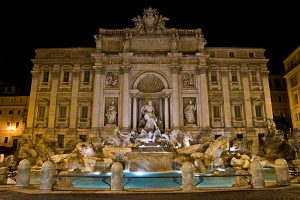
Trevi Fountain
It is certainly one of the most famous fountains in the world, immortalized in the photos of anyone who has visited the city, protagonist of one of the most famous scenes of cinema in “La Dolce Vita”: the Trevi Fountain is one of the symbols of Rome.
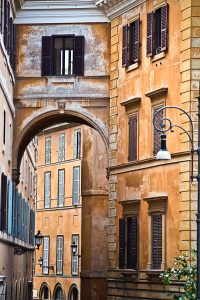
Trastevere district
When you come to Rome to admire the countless wonders, it is highly recommended that you take the time to visit the Trastevere district, one of the most evocative and authentic.

Castel Sant’Angelo
Located on the banks of the Tiber River and just a few steps from the Vatican, Castel Sant’Angelo, also known as the Mausoleum of Hadrian, is one of Rome’s most famous monuments.
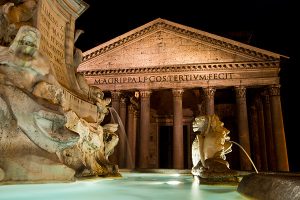
Pantheon
Pantheon Il Pantheon, tempio di tutti gli dei, venne eretto nel primo secolo a.C. dal generale romano Marco Agrippa, il cui nome è riportato nell’iscrizione “Marcus Agrippa, Lucii filius, consul

